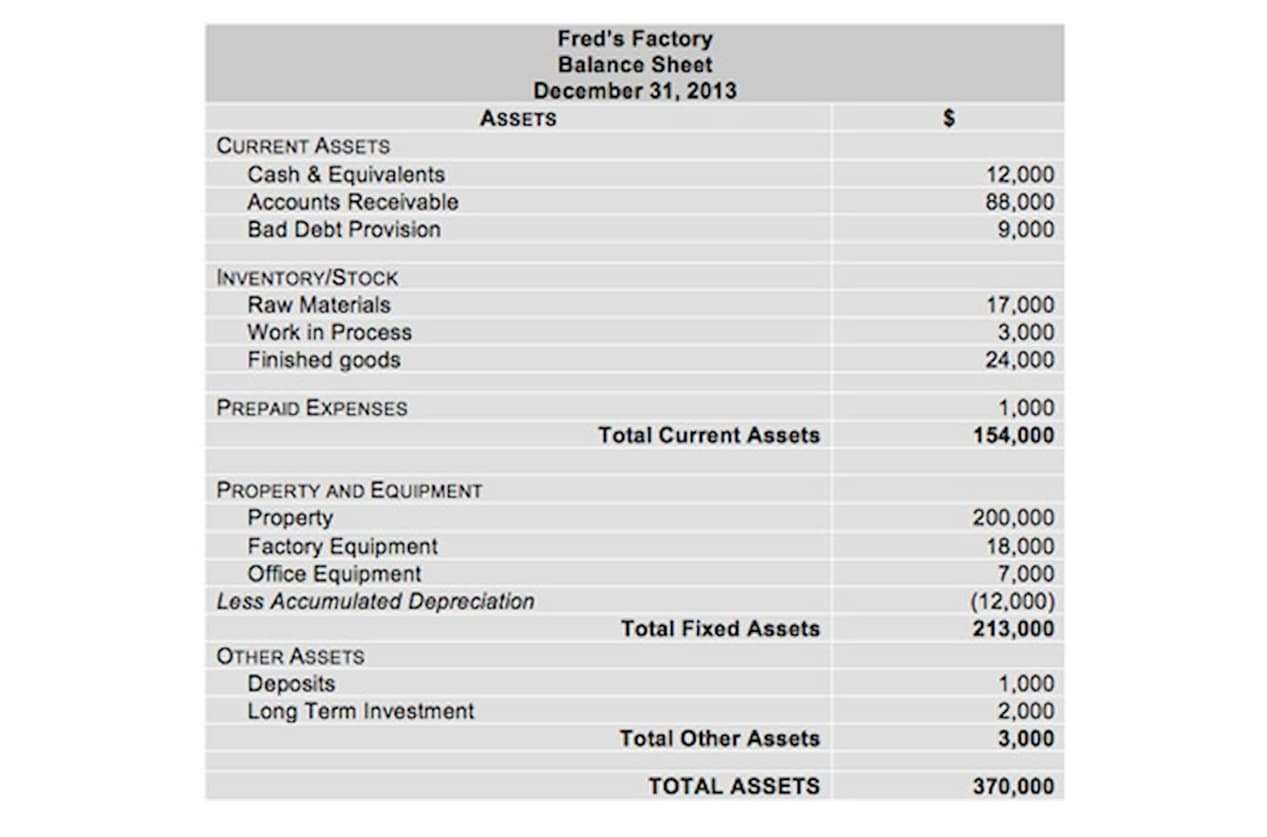Content

They review their existing invoices to determine which ones they can sell in order to cover the cash shortfall they have. This is one of the easiest and fastest ways to inject cash into a company. Factoring allows you to sell your outstanding invoices to Fast A/R Funding for up to 95% of their face value, providing your company with an immediate influx of working capital.
The factor negotiates to discount the invoice by 4% and will advance $720,000 to Clothing Manufacturers Inc. Accounts Receivable Factoring provides just that—knowing the advantages and considerations are key to leveraging your B2B invoices. Additionally, 82% would choose one vendor over others if that vendor offered invoicing at checkout with 30-, 60- or 90-day terms. When you consider that 90% of B2B buyers research payment options before purchasing from a new supplier, it’s obvious that payment via net terms is an expectation.
The average cost of accounts receivable factoring of invoices is typically between 1% and 5% reducing the amount of capital your company receives from the account. It is important to note that the actual cost of factoring is not just the advance rate. With a business line of credit, you’ll only be charged interest on the amount you borrow. As the example above showed, factoring receivables charge a monthly fee based on the total invoice value. This type of borrowing cost may become fairly expensive if your clients don’t pay their invoices right away.

AR factoring doesn’t impact a business’ credit rating or loan interest rate. Providing immediate cash flow helps companies build a working capital reserve for future growth and take advantage of new business opportunities. https://www.bookstime.com/articles/accounts-receivable-factoring can help companies provide better customer service by offering more flexible payment terms and reducing the time and effort required to collect customer payments. When a factoring company decides how much to pay for an invoice, one of the first things they look at is the debtor’s (i.e., the customer who hasn’t paid) creditworthiness. If they have good credit histories, the factor will be willing to pay a higher rate. The factoring company then holds the remaining amount of the invoice, typically 8-10%, as a security deposit until the invoice is paid in full.
With accounts receivable financing, you’re using unpaid invoices as collateral to secure a loan or line of credit. In other words, accounts receivable financing uses unpaid invoices to secure another source of funding. By contrast, with factoring receivables or accounts receivable factoring, you’re getting a cash advance on your unpaid invoices. Factoring receivables, also known as invoice factoring or accounts receivable factoring, is a funding method that allows businesses to convert unpaid invoices into cash.

Small business loans require an often-lengthy application process that is largely dependent on your personal credit history and your business’ history and assets. This makes it extremely hard for credit-challenged individuals and start-up companies to obtain loans. If your client is late or does not pay, you will pay the factor’s total fees plus any unrecovered amounts.
It’s a debt-free way to get paid sooner by unlocking the cash tied up in unpaid invoices. As for non-recourse, the burden of following up on payment rests with the factor as they cannot ask you to pay late or unpaid invoices. Since it is such a risky venture, the factoring fees will be higher than full recourse factoring. With factoring, you can receive cash instantly, giving you flexibility in your supply chain. Plus, unlike traditional bank loans, factoring doesn’t require you to sign over assets as collateral — instead, your accounts receivables fill that role. AR factoring also enables companies to be in more control during the loan process compared to bank lending.
Accounts receivable factoring is a type of debtor finance where SMEs sell their invoices to a third party at a discount, in order to provide an immediate cash injection. Accounts receivable factoring provides businesses with an option to finance their venture without taking out a loan.
However, the factor will evaluate each of your customers for creditworthiness before deciding whether to factor those invoices. Factoring costs can vary significantly, so reach out to multiple companies for a quote. After approval, many factoring companies can provide financing within a matter of days.
In a factoring relationship, all payments collected for accounts receivable are to be sent to the lender, typically to a “lock-box” under their control. Customers are to be notified of this by a Notification of Assignment letter which will also contain the new payment instructions. Invoices sent by the borrower to their customers will be required to contain the new payment instructions as well. The borrower decides what invoices to factor (“sell”) by notifying the lender, through the use of a document typically known as a “Schedule A” form. This document will list each individual invoice that needs to be factored. It will have details such as the customer name, invoice number, date, amount, and corresponding purchase order or reference number of the customer.
Majorly, receivables can be divided into three types: trade receivable/accounts receivable (A/R), notes receivable, and other receivables.
Accounts Receivable Factoring is a form of financing used by a growing number of B2B companies to stabilize and accelerate cash flow. An AR Facility can provide predictable working capital, enable expansion, and can improve payables cycle, often resulting in vendor early payment discounts and preferred pricing. Traditional receivable financing options can also lead to discrepancies between the credit risk established by the seller and what invoices the lender is willing to buy. For example, a seller may decide to offer trade credit to a buyer after running credit checks.
A factoring company purchases a businesses outstanding invoices at a discount. The business gets a percentage of the invoice ranging from 80-95% within a few days, and the factoring company takes ownership of the invoice and the payment process. Once the invoice is paid in full, the remainder invoice balance is https://www.bookstime.com/ paid to the business minus the factoring fee. This allows the business to quickly improve their cash flow without having to go through the lenghty process of applying and waiting for approval for a bank loan. The invoice factoring process is fairly simple and quick and funding can occur within a matter of days.